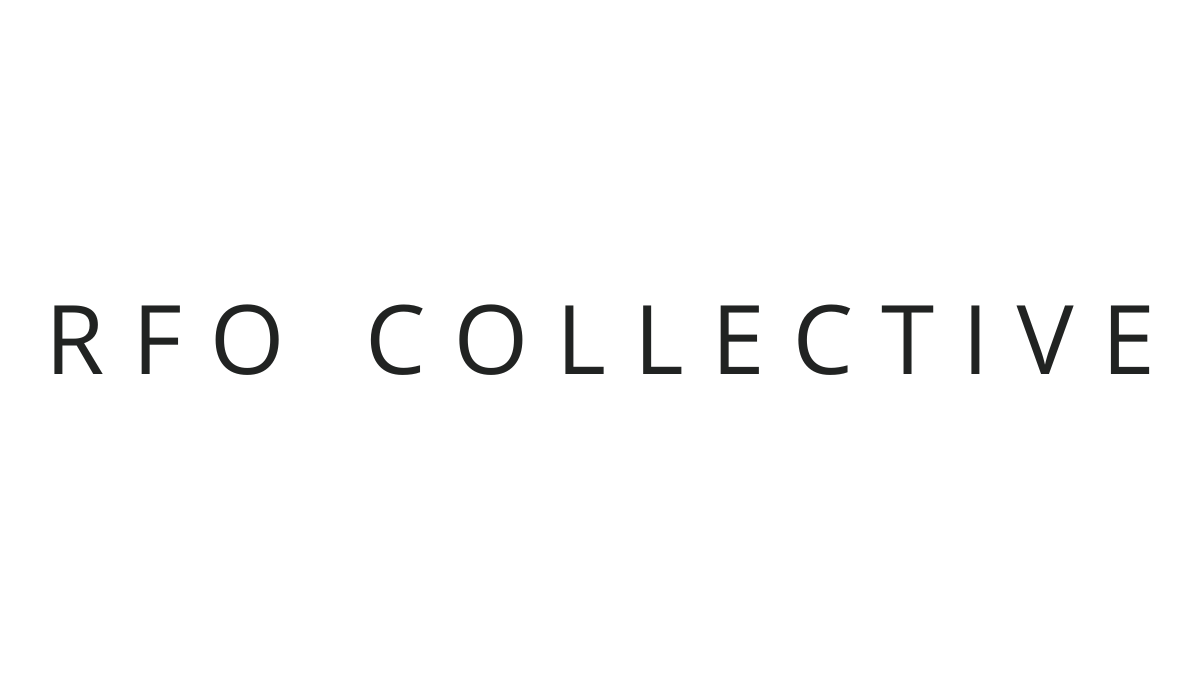Beyond Enigma: The Enduring Friendship of Alan Turing and Joan Clarke
Cracking the Code of Friendship in a Time of War
The frantic hum of wartime Bletchley Park could hardly have predicted the blossoming of an unlikely friendship. Alan Turing, the brilliant but socially awkward mathematician, and Joan Clarke, the whip-sharp codebreaker with a flair for languages, found themselves drawn together amidst the top-secret mission of cracking the Enigma cypher. Their bond, forged in the crucible of shared purpose and intellectual stimulation, transcended societal expectations and enriched both their lives in profound ways.
Their paths first crossed in 1939, Clarke fresh out of Cambridge and Turing, an established researcher. Despite their initial differences, a mutual respect for intellect quickly emerged. Turing, impressed by Clarke's grasp of cryptanalysis, remarked, "You're rather good at this, aren't you?" ("The Imitation Game" screenplay). Clarke, in turn, found herself intrigued by Turing's unconventional genius.
Their collaboration extended beyond the confines of Hut 8. Turing, recognizing Clarke's exceptional skills, lobbied for her promotion, defying the wartime constraints placed on women. This act not only fostered Clarke's professional growth but also solidified their mutual trust.
The turning point in their friendship came in 1941. Turing, navigating a world where his homosexuality was a dangerous secret, confided in Clarke. Clarke, ever the loyal friend, stood by him, offering unwavering support. This act of vulnerability on Turing's part and Clarke's unwavering acceptance deepened their bond, creating a safe space for Turing to be himself.
Beyond the pressures of wartime, they found solace in shared interests. They exchanged witty banter, discussed philosophy, and even enjoyed leisurely outings. In a rare display of emotional openness, Turing confided in a letter to Clarke, "Sometimes I wish I could talk to you about things that are not connected with work, but then I remember how little we really know each other outside of Bletchley." (Andrew Hodges, "Alan Turing: The Enigma"). This yearning for deeper connection speaks volumes about the emotional refuge their friendship provided.
The war's end brought both relief and uncertainty. Bletchley Park shut down, and their professional collaboration officially ended. However, their personal bond remained strong. Clarke, aware of Turing's social awkwardness, helped him navigate the complexities of the postwar world. Turing, in turn, remained a confidante, even sharing the secret of his engagement (a strategic move to avoid suspicion about his sexuality).
Tragically, their friendship was cut short by Turing's forced chemical castration in 1952, a consequence of his homosexuality being exposed. Despite the immense pressure, Clarke remained a loyal friend, even visiting him during his exile. Turing's heartbreaking suicide in 1954 left an indelible mark on Clarke.
The story of Alan Turing and Joan Clarke is a testament to the power of serendipitous friendships. In the midst of a world defined by war and societal constraints, they found solace and support in each other's intellect and unwavering loyalty. Their bond transcended societal expectations and enriched their lives in profound ways, reminding us that sometimes the most meaningful connections are found in the most unexpected places.

